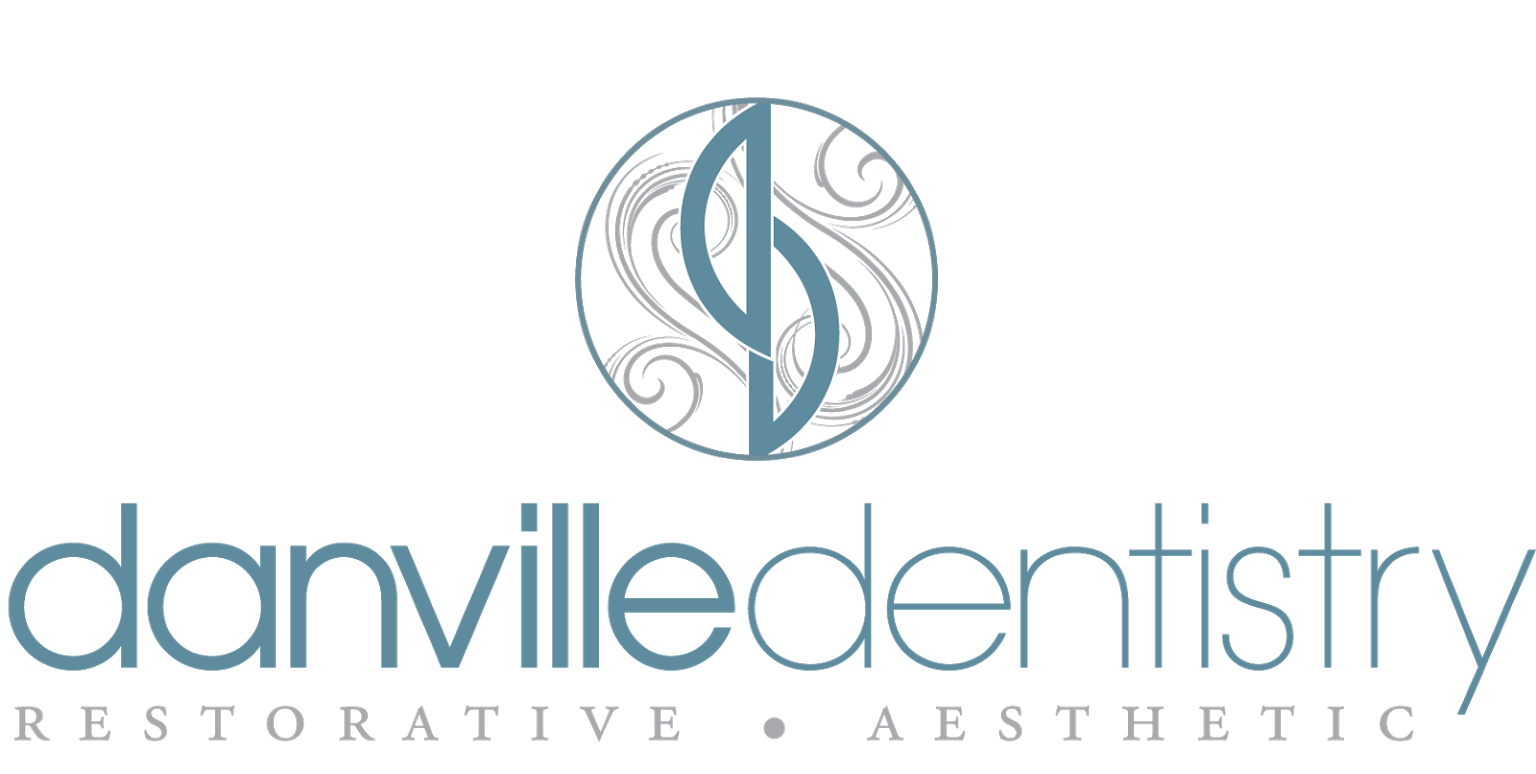Preventative Care
Thorough dental exam
An exam that incorporates the evaluation of all oral and related structures. This should be performed at regular intervals and no less than once per year for maintenance of optimal oral health.
Periodontal Probing
Measurement of the bone level and gingival tissue support of each tooth to evaluate one’s periodontal health and/or disease. These measurements should be taken at least once per year for teen or adult patients lacking periodontal disease and more often for those who have been diagnosed with some degree of periodontal disease. Regular periodontal probings allow clinicians the opportunity to identify and manage periodontal disease as early as possible to prevent its progression.
Oral Hygiene Instruction
Instruction given to you by your hygienist or dentist to help improve your dental health care at home. This often involves review of brushing and flossing at home and introduction of other dental hygiene aids that may lead to more effective hygiene.
Oral Cancer Screening
An oral soft tissue evaluation and radiographic evaluation rendered by both hygienist and dentist in order to identify early signs of oral cancer or other oral pathology.
Digital Radiographic Survey
X-rays taken with a digital sensor that expose patients to minimal radiation and are able to be immediately viewed. A full mouth radiographic survey allows us to clearly see the entire roots of all teeth, the bone level, areas of decay, and subgingival calculus as well as many other important structures and pathology.
Digital Panoramic Radiograph Survey
An x-ray taken with a large digital sensor that allows clinicians to evaluate the hard tissue in one’s mouth (including bone and teeth), the jaw bone of both upper and lower arches, the hard tissue that comprises the temporomandibular joints (TMJ’s) on both sides, and the anatomy of important nerves and structures. This radiographic image is extremely important as it serves as a screening tool for TMJ disorders and for infections, cysts, cancer, and other potentially serious pathology of the jaw bones.
Occlusal Analysis
a careful analysis of the way teeth are aligned and how they come together. This analysis allows us to make sure all teeth are in harmony at rest and in function and allows us to identify early signs of certain oral habits (bruxism, tongue thrusting, etc.) that will have ill-effects on the teeth of left unmanaged.
In Office Fluoride Treatment
Fluoride applied to one’s teeth, often after their dental cleaning, to maximize tooth mineralization for decay and tooth wear prevention. Fluoride treatments are important for children and adults alike as it helps strengthen all exposed tooth structure which helps minimize wear rates of exposed root structure (often found in teens and adults) and helps minimize the development of decay for patients of all ages.
Sealants
Bonded resin restorations utilized for decay prevention on permanent teeth. Sealants should ideally be placed on posterior (or “back”) teeth that have deep pits or grooves very shortly after they have erupted into the mouth. Properly placed dental sealants can prevent the development of decay in these pits and grooves during a period of time when a child or teen’s oral hygiene is less than ideal. Sealants do not last forever and often start breaking down after 5-10 years. If sealants debond and the pits and grooves of the teeth remain without decay, they do not necessarily need to be replaced. If stain or signs of early decay is evident, the best procedure would be to clean out the stain and/or decay before placing a shallow, bonded resin restoration.
Schedule your next cleaning & evaluation at Danville Dentistry – Please call 925.837.7277 or contact us today

To schedule an appointment, please call our office or request an appointment online
Phone: 925.837.7277
Fax: 925.831.1876

